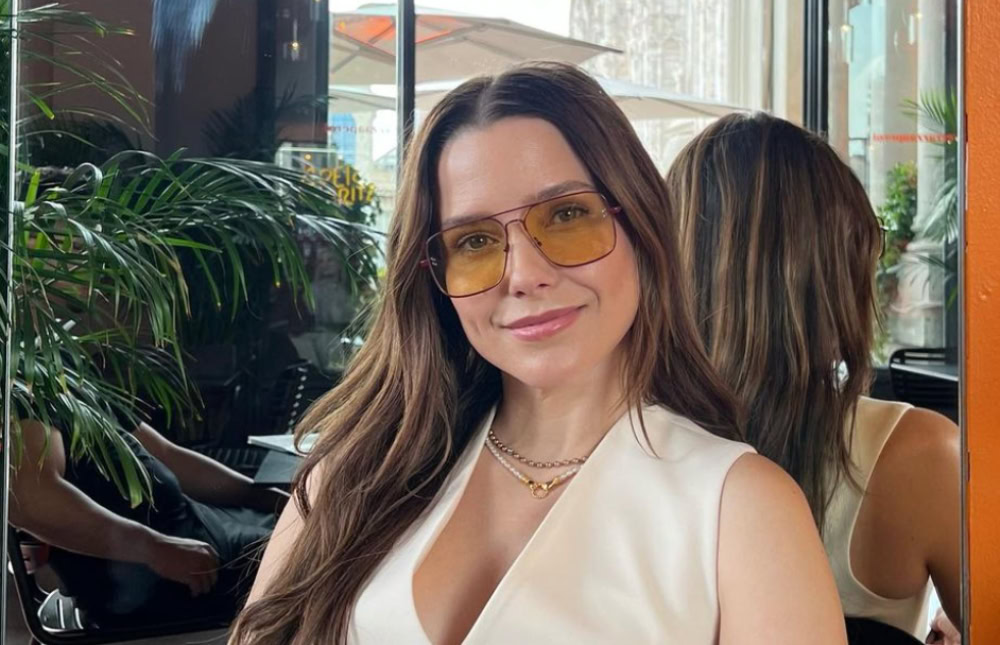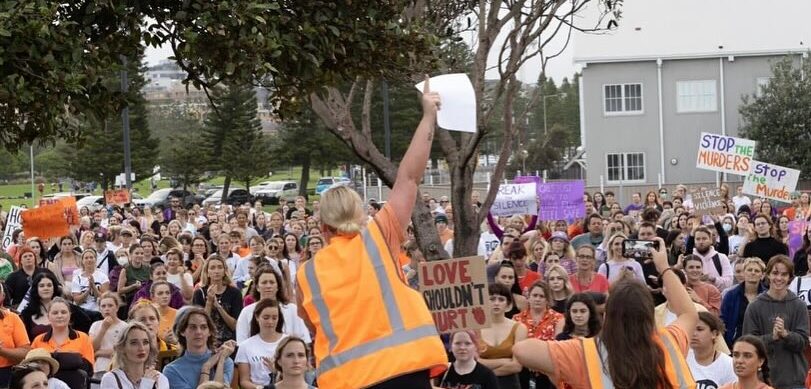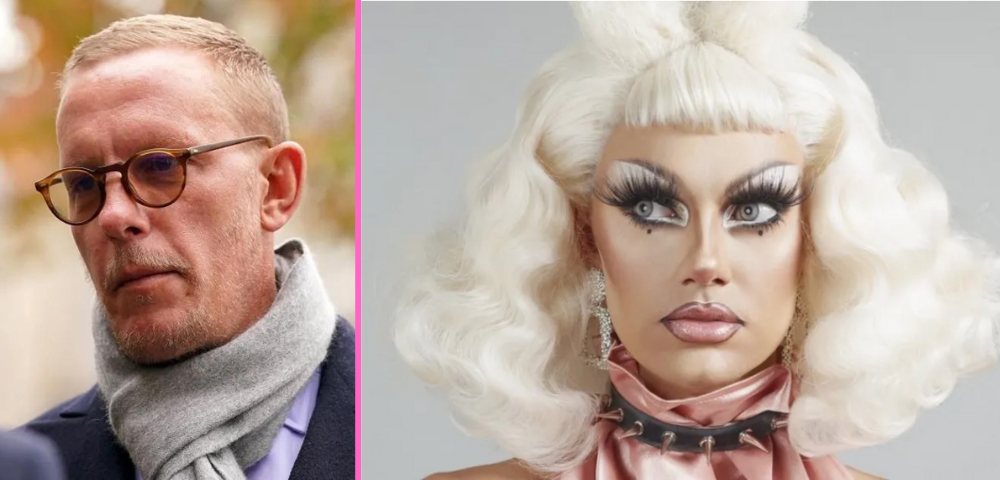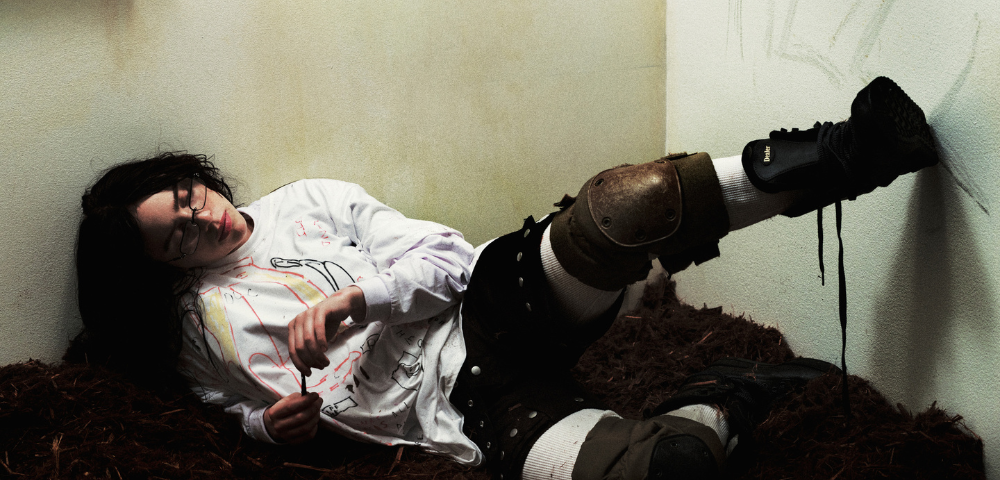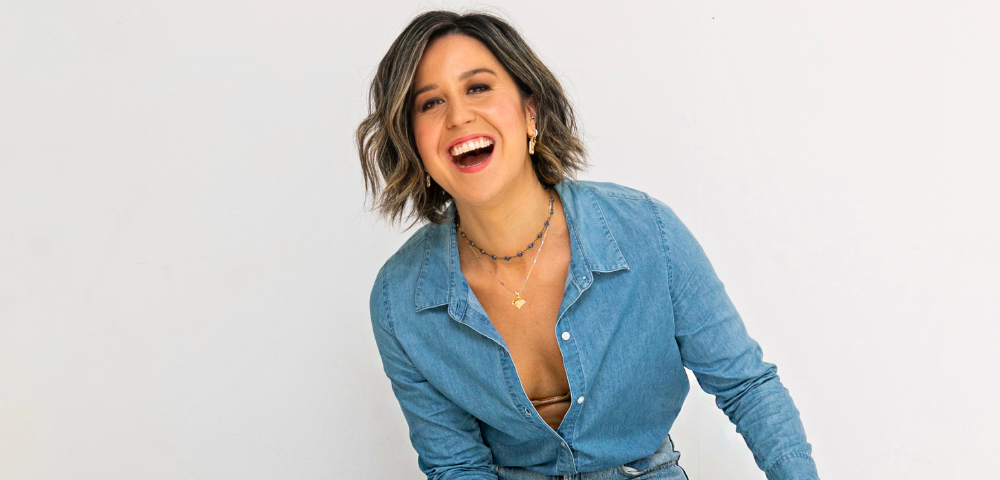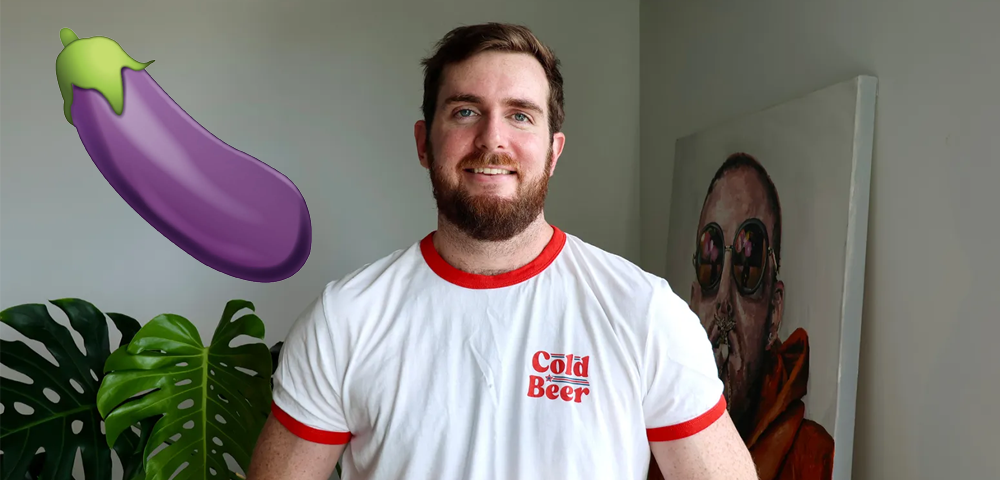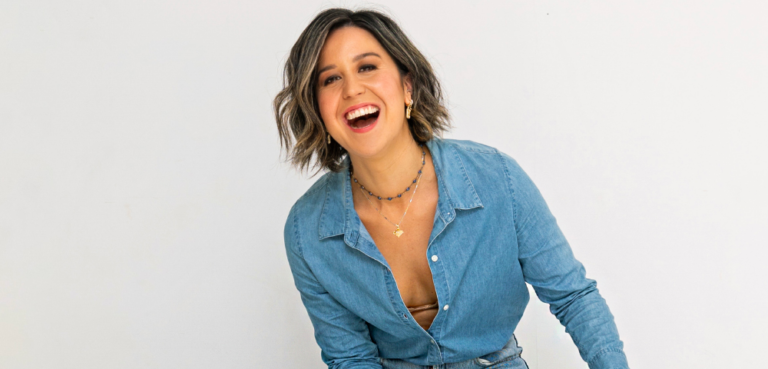
We Need To Talk About Bi-Erasure Within The LGBT Community
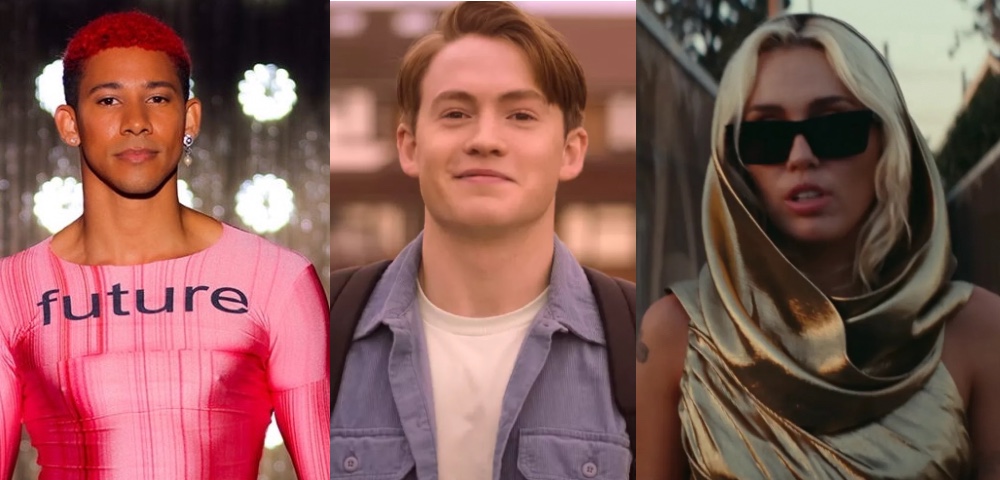
There are two primary assumptions regarding bisexual people. For men, it’s that you are simply gay and in denial. For women, it is often that you are straight but in an experimental phase, and eventually, you will settle for a heterosexual relationship.
Attitudes such as this, and many more, are known as bi-erasure. This often-quiet process is one in which the existence of bisexuality and a sexual identity is challenged in both individuals and the collective population as well as attributing misleading and bi-phobic stereotypes to bisexual people.
Sadly, both the LGBTQI community and the wider, heteronormative world perpetuate many of these attitudes, with these false and damaging assumptions leaving many bisexual people to feel excluded, isolated and unseen. According to Stonewall, only 20% of bisexual people are out to all their friends and family, as opposed to three in every five gay men.
It is important that the B is still included in the conversation and that bi-erasure and biphobia are effectively combatted. There are many ways we can do this, and here are just some.
Not Judging Who Bisexual People Choose To Be With
A point of tension many bisexual people have to deal with is when their identity is questioned based on who they choose to be with and are judged for it.
Many seem to forget that the core element of being bisexual is the attraction to both the opposite and the same sex. This means love and companionship for bisexual people could be queer or relatively heteronormative.
A common misconception born from this, according to studies, is that bisexuals are unreliable romantic partners who are unsure of their ‘true allegiance’. Many bisexual people, such as I, have ended up in heterosexual relationships not because they are ‘not queer enough’, but because that is the person who they simply fell in love with. Who bisexual people choose to be with does not enhance or mitigate their queerness.
Acknowledging Challenges And Stigmas Around Bisexuality Are Valid
A strange phenomenon I have personally encountered, one of the most disparaging experiences for bisexual folks is having the issues they face challenged on their existence.
A common one I have witnessed is that bisexual people can ‘choose’ to simply be straight, hence sparing them from the stigmatisation of being part of the LGBTQI community.
This is bi-erasure 101, and similar attitudes contribute significantly to a feeling of invisibility many bisexual people feel in the community, as well as forcing them to deny a part of their identity.
Creating More Safe Spaces
A rather simple solution, there exists many spaces for gay, lesbian, and transgender people, but few are designed exclusively for bisexual people.
These spaces would allow bisexual and questioning individuals to safely explore and discuss their sexual identities free from judgment.
According to studies in the UK, only 50% of bisexual men and 43% of bisexual women have attended LGBTQI events. Groups such as the Bi+ Network already provide some of these services.




